Losing Facebook Friends and Other Tragedies: Close Reading Nonfiction for Point of View
I recently lost a Facebook friend.There was a controversial issue in the news, and emotions were hot. I posted an article or two, and a discussion was sparked. Some people disagreed with me, and we managed to be respectful and interested in what the other had to say (which feels like a minor miracle in this day and age). And then, when referring to a peaceful protest in NYC, my now ex-Facebook friend said, "there is no justice like mob justice." I pushed back on his language, saying that the protest was hardly a mob. It was peaceful (Jay-Z and Beyonce were there for Pete's sake!) and when he repeated the word, I said that I did object to people using language that insinuates that I, or like-mined people, are somehow violent rioters, or dumb and misguided.He de-friended me.This post is not about my ex-Facebook friend, who I like very much. Nor is it about the specific Facebook exchange. What strikes me about this moment is how easy it is to infuse the reporting of facts - and all informational texts - with a strong bias or point of view, and how closely we have to read sometimes to see the author behind the supposed reality of nonfiction, whether it be on social media or the front page of the New York Times.The words we use when we report, retell, and argue, matter. The details we choose to include, and the ones we choose to exclude, matter. The comparisons we make, the anecdotes we include, matter. Nonfiction writers always have a point of view on their topic, and I believe that it is virtually impossible to keep that point of view out of the writing entirely. As readers, there is great power in being able to discern what exactly the author is implying and assuming about the government shutdown, or education, or cats. (It always comes back to cats.) There is great power in being able to step back and pay close attention to the point of view being presented in a nonfiction text.Closely reading to uncover the point of view of the text is about naming the implications of the language and examples the author uses in their writing. It is less about the central ideas of the text - although sometimes these are one and the same, and more about what this author, or this text, wants you to believe about the topic. What the text wants you to feel. It is the work of uncovering the assumptions the author is making, by paying close attention s/he uses.Not all nonfiction texts will reward this work equally. This excerpt from the Animal Planet's webpage on Starfish, for example, does not exactly invite a close reading for point of view:Starfish, or Sea Star, a bottom-dwelling marine animal. Despite its name, the starfish is not a fish; it is an echinoderm, a type of marine animal that is spiny-skinned. There are about 2,000 species, found in all seas, and most often near rocky shores. Starfish typically have five or more tapering arms radiating from a central point. The mouth is in the center on the underside. Not exactly rippling with nuance. But while not every text invites a close read for point of view, some seem to almost beg for this work. Like this commercial for Barbie dolls:http://www.youtube.com/watch?v=0J1m0pxYTfYWhen we read this text closely, we pull out phrases like "be who you wanna be" and we pull out the evidence of the text - that being who you wanna be includes having the choice of blue, purple or red hair. We can step back and ask ourselves: what does the author want us to believe? What do they want us to feel? Maybe that the author of this text wants us to believe that fashion is fun, which is true. But it also seems like there is more than that, that it is also implying that fashion is the way you can be who you are. It seems with a close read that this text's point of view is that the the pathway to a girl's self actualization is through her appearance.It's easy to pick on Barbie. But all social commentary aside - it is not that I have to disagree with the point of view in the text to recognize that it is there, and even that it is heavy handed. Having a point of view is not a bad thing - we all have them, like thumbs, or underwear. But it is our job as readers - it is our privilege as literate people - to see the point of view in the text when it arises, to nod to it, like you would an allusive neighbor in the morning. Doing this helps our students see the world around them more clearly, and helps to position themselves on firmer ground in their lives as young citizens. For when I read the Barbie commercial closely, when I identify what the point of view of that text is, I get to ask myself: Do I agree with that? And if I don't identify the points of view in the nonfiction around me, I am in danger of being unwittingly manipulated by subtle messages that float by us all day long. And who wants to be unwittingly manipulated?To help our kids read nonfiction more closely, and to help them uncover the points of view in those texts, try first having them pull out the words and phrases they see the author using in the text - the language that sticks out (more on how to see this language in our upcoming book). Then, you can lean on some thought prompts and sentence frames to help kids think about what they are seeing:
Sentence Frames for Point of View:I think the author wants me to think that . . .If the author was debating this topic, they would say . . .The author doesn't say anything about . . . which makes me think . . .Some feeling words the author uses are __________, _____________, and __________, which tells me that the author probably feels . . . about the topic.The author seems to believe that . . .
Helping students to notice the point of view in nonfiction texts helps them to not only hear the points of view of others, but to develop their own. While they may need some coaching at first, soon you will be surrounded by powerful critical readers.(Try this work on this article from the wonderful magazine for kids, Upfront: http://upfront.scholastic.com/News/Is-the-Arab-Spring-Dead, and share what you find in the comments below!)Big Idea: Close Reading Tiny Detail: Closely reading nonfiction with sentence frames to uncover point of view

